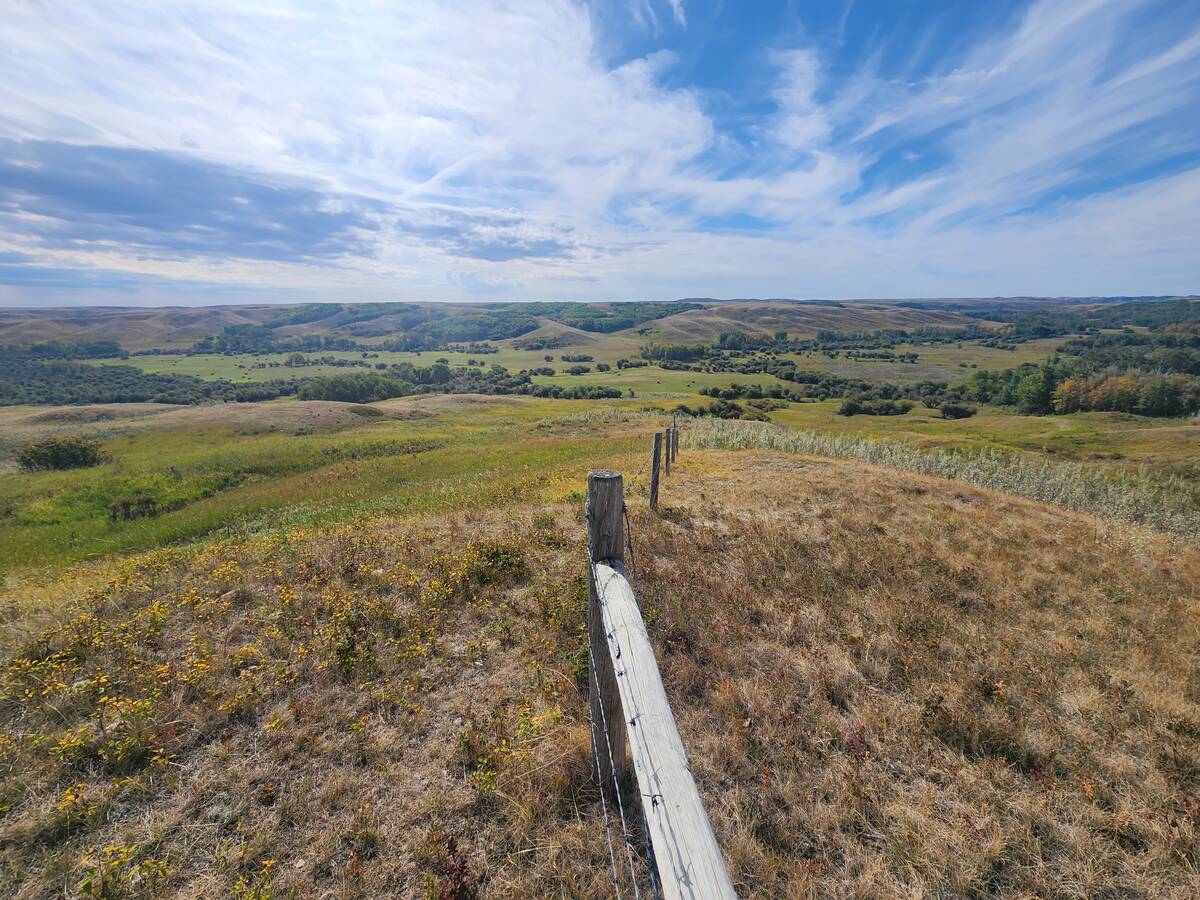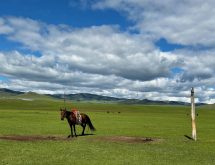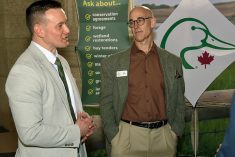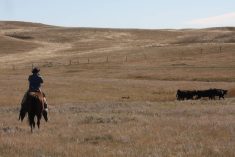REGINA — Nature Conservancy of Canada has added to its Saskatchewan holdings with the purchase of slightly less than 1,600 acres in the eastern Cypress Hills area.
The Upper Bone Creek property was used for grazing by the previous owner and will continue to be used by three neighbouring cattle producers, said Michael Burak, acting director of conservation for the Saskatchewan region.
It is located west of Shaunavon and north of Eastend. Burak said the land was desirable because it still has a large percentage of intact native grassland. A small area that had been broken and used for crops years ago was reseeded to tame grass, and now native plants have moved into that land, too.
Read Also
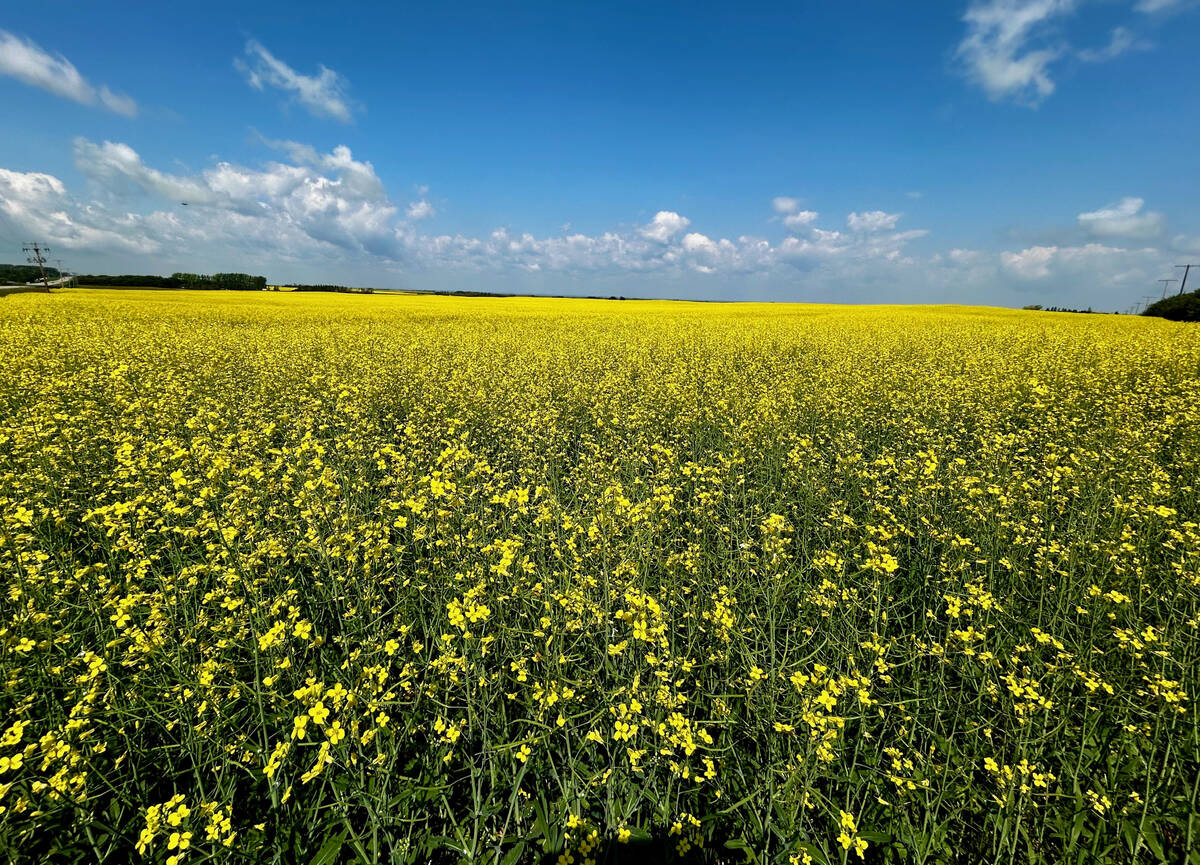
Pakistan reopens its doors to Canadian canola
Pakistan reopens its doors to Canadian canola after a three-year hiatus.
“There’s a couple of different creeks and some springs as well that provide really good solid water sources both for livestock and for wildlife,” Burak said.
“And it’s just been really well managed. It’s been within that family for over 100 years now, at this point, and it’s been really taken care of the entire time.”
He said the project was more than 10 years in the making.

“Initially this was going to be a conservation easement project, and ultimately (the previous owner) decided that, because he was going to need to sell the land eventually… it made more sense to sell directly to us,” Burak said.
The previous owner is no longer ranching and had been renting out the property. He now holds the grazing lease from NCC and in turn is subleasing to neighbours.
Burak said over time, that will transition to NCC as the lessee. He said there are benefits to renting to people who already have good knowledge of the property and how to manage it.
Upper Bone Creek is the third land purchase for NCC in the region and is definitely the largest. Part of that is because the southwest has larger land holdings than some other areas, said Burak.
Asked if NCC planned to introduce bison, such as it did at the Old Man on his Back property, Burak said, “absolutely not.”
The terrain is not suitable for proper fencing.
“We’ve got more than our share of fencing and bison fun that we’re having on Old Man on his Back at this point. It’s not really a goal of the organization to expand our bison program beyond Old Man on his Back,” he said.
Funding for the purchase came from the provincial and federal governments and private business.
Saskatchewan contributed through the Fish and Wildlife Development Fund and Ottawa through the Natural Heritage Conservation Program in Canada’s Nature Fund. Cenovus Energy donated through its Conserving Critical Wetlands Program.
As well, the landowner donated a part of the property’s value, NCC said, which provides momentum for future stewardship and reflects a shared commitment to saving endangered native grasslands.
The property is home to moose, mule deer, white-tailed deer and coyotes. There are cougars and elk in the surrounding area, as well as rich bird diversity. Field visits found red-tailed hawks, mountain bluebirds and bank swallows.
The land supports the threatened Sprague’s pipit and bobolink, and the Baird’s sparrow, a species of special concern.

Burak said trail cameras set up on the land will be collected soon to see what birds and animals passed by.
Planning will continue for how the public will be able to access the Upper Bone Creek property. Burak said a five-year plan will set out if and how hunting and other access can be granted.
The landowner retained some other land that makes access a bit tricky, Burak said, because it would require obtaining permission to cross his land to get to the NCC land.
However, he said tours and group visits would be arranged when possible.
Burak said while NCC has been active in the southwest in the last 10 years or so, it also has projects underway throughout the agricultural area.
The Saskatchewan region is currently working with Manitoba and Alberta on a Prairie Grasslands Action Plan. The goal is to secure about 1.2 million acres by 2030 in a push to conserve disappearing grasslands.


